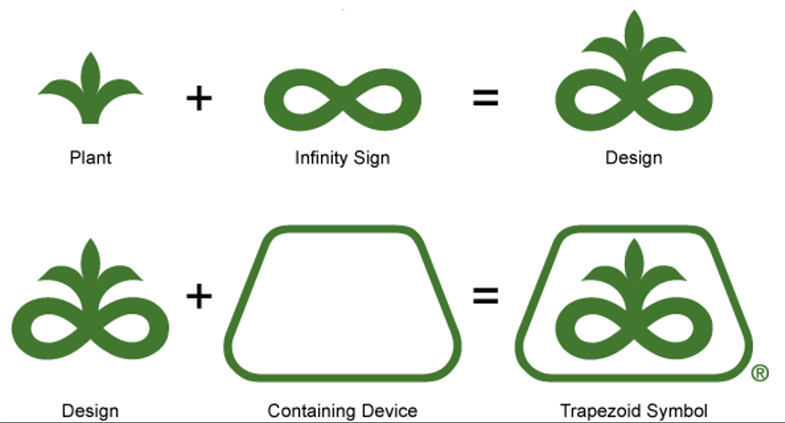
The Trapezoid symbol is made up of two parts — the design and its containing device.
The elements of the symbol represent several aspects of Pioneer's business. The upper part is an abstract plant symbolizing the vigor of the brand — constantly thriving and growing. The flower part of the design is the sign for infinity, referring to something that goes on forever (infinite growth). The entire symbol represents “product improvement through continuous research,” which speaks for all products and services of Pioneer.
Audio - Corn Revolution
Audio - Research Highlights for the Corn Revolution
Esittely
Corteva Agriscience
Read More1926 Henry A. Wallace incorporates the Hi-Bred Corn Company.
No person was more important to commercialization and farmer acceptance of hybrid corn than Henry A. Wallace, the founder of what has become DuPont Pioneer. He was one of a handful of people in the world who initially recognized the immense opportunities that could be gained by growing hybrid corn. Wallace began experimenting with corn in high school with the goal of developing a hybrid that would produce high grain yield. At age 16, he field-tested prize-winning show corn against corn less beautiful in appearance. The results challenged conventional thinking at the time by demonstrating there was no relationship between yield and appearance of the ears.
Wallace attended Iowa State College, graduating in 1910. While in college, he became fascinated with the relatively new science of genetics. After graduation, Wallace began working on corn-breeding experiments and started breeding hybrid corn in 1920 after visiting Edward East and Donald Jones at the Connecticut Agricultural Experiment Station. The mathematically inclined Wallace taught himself statistics and applied it to his experiments. By 1923, he had produced a high-yielding hybrid he called Copper Cross. In 1924, it became the first hybrid to win the gold medal in the Iowa Corn Yield Contest conducted by Iowa State.